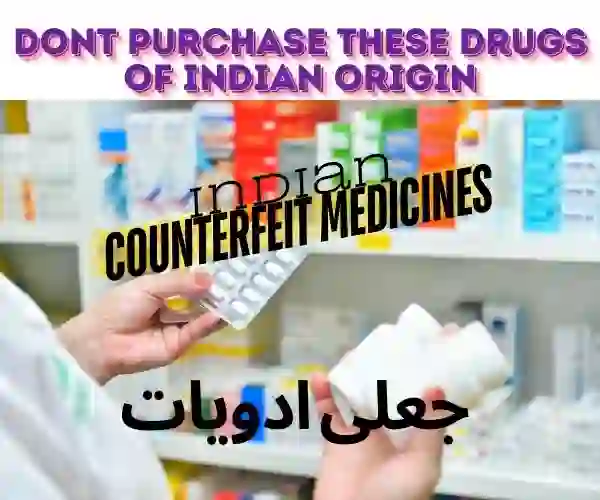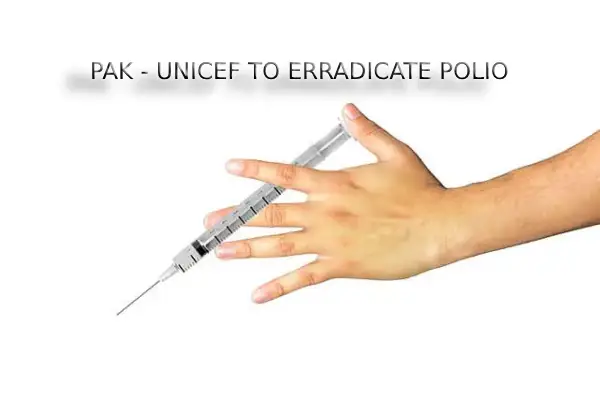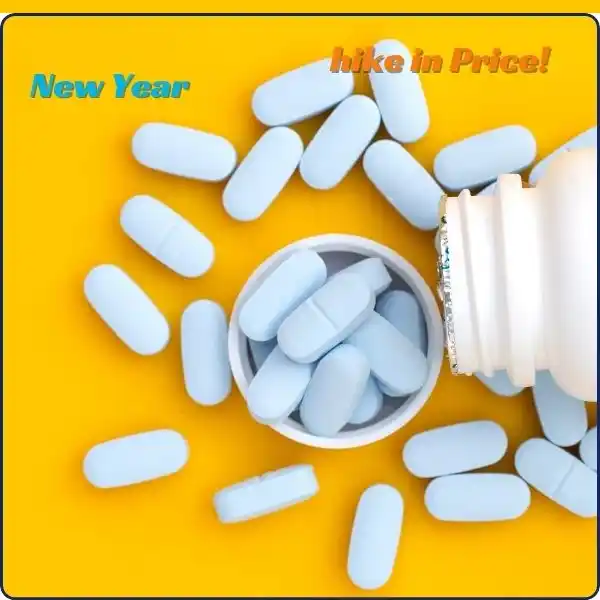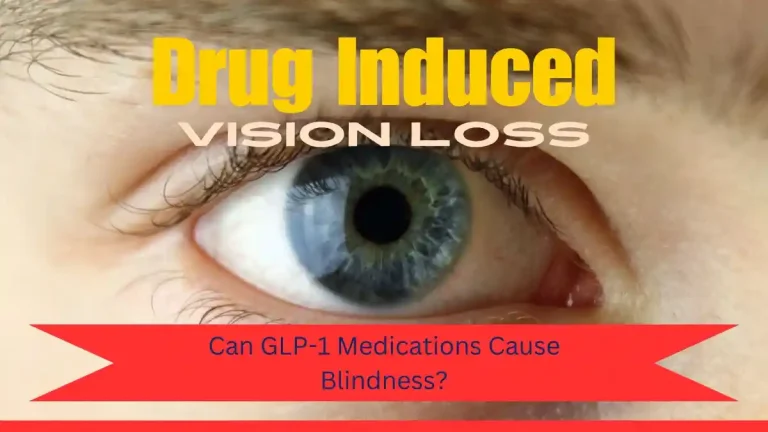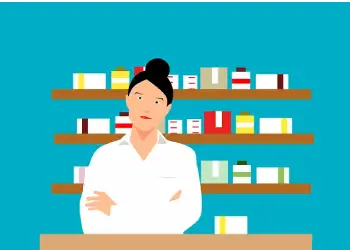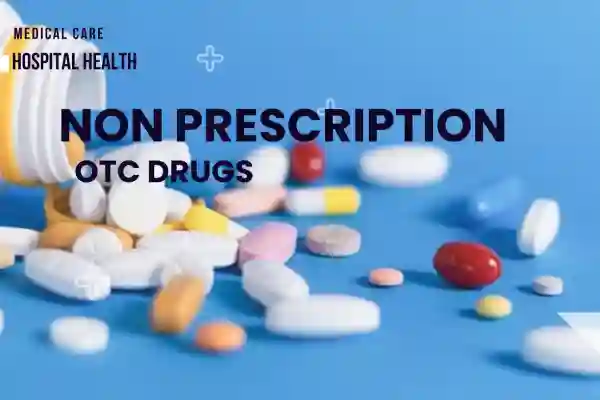The Counterfeit Example of Lifesaving Drugs Found in Delhi, Jharkhand
Overview
India’s apex drug regulator has raised alarms over the discovery of counterfeit versions of five critical, potentially lifesaving medicines being sold in Delhi and Jharkhand. The Central Drugs Standard Control Organization (CDSCO) also identified 50 other medications that do not meet standard quality criteria. This report highlights the implications of such findings on public health and the ongoing challenges in regulating the pharmaceutical market.
Where to buy authentic drugs
It’s my recommendation to exercise caution when purchasing medicines online. For safety and authenticity, I strongly advise buying from trusted sources such as Amazon Pharmacy. Avoid the risks associated with counterfeit drugs by opting for reputable pharmacies. Protect your health by making informed choices.
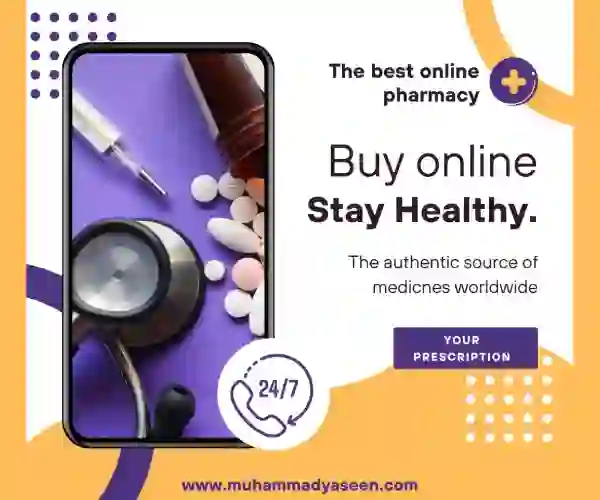
Counterfeit medicines meaning
A counterfeit drug is a fake medicine that might have the wrong amount of active ingredients, or none at all. It might not work correctly in your body, like not being absorbed properly. It can also contain ingredients that are not listed on the label, which could be harmful or harmless. Additionally, counterfeit drugs often come with fake or incorrect packaging and labels, making it hard to identify them as fake.
Simple Explanation:
- Wrong Ingredients: The medicine might have too much or too little of what’s supposed to be in it, or none at all.
- Body Processing Issues: The medicine might not work right in your body, such as not being absorbed properly.
- Unknown Ingredients: There could be extra ingredients not listed on the label, which might be safe or dangerous.
- Fake Packaging: The packaging and labels might be fake, making it hard to know if the medicine is real.
The counterfeit example
In its April report, CDSCO revealed the presence of spurious drugs at various locations, including a notable concentration in New Delhi’s Bhagirath Place, a wholesale market. Among the counterfeit drugs identified were:
- Dolutegravir Tablets IP 50 mg: An anti-HIV medication critical for managing HIV infections.
- Telmisartan 40mg and Amlodipine 5mg Tablets IP: Used for treating high blood pressure, essential for cardiovascular health.
- Domperidone and Naproxen Sodium Tablets: Medications for managing migraines and pain.
- Rifaximin Tablets: Used for treating diarrhea and liver disease.
- Cefixime Trihydrate with Lactic Acid Bacillus Tablets LP: An antibiotic combination used to treat bacterial infections.
Health Risks and Economic Impact
The presence of counterfeit and substandard drugs poses significant health risks, including treatment failures, adverse reactions, increased morbidity, and mortality. It can also lead to drug resistance, further complicating treatment protocols for various diseases. A state drug controller, who requested anonymity, emphasized the broader impact on healthcare costs, noting that poor-quality medicines waste resources and undermine public health efforts.
Regulatory Response and Challenges
The discovery of these fake drugs follows heightened inspections in the domestic pharmaceutical market after India-made cough syrups were linked to the deaths of children in Uzbekistan and Gambia. The CDSCO’s intensified oversight reflects ongoing efforts to mitigate these risks, but also highlights the pervasive issue of counterfeit drugs within the market.
Bottom Line
The findings of counterfeit example by India’s drug regulator underscore the urgent need for stronger regulatory measures and vigilance in the pharmaceutical supply chain.
Be cautious as counterfeit drugs may be sold on fake online stores worldwide. Ensure safety by purchasing medications from trusted sources. Protect yourself from the dangers of fake medicines by staying vigilant and informed about where you buy your medications.
Ensuring the quality and authenticity of medications is paramount to safeguarding public health and maintaining trust in healthcare systems. As the regulator continues to crack down on spurious drugs, collaboration between authorities, pharmaceutical companies, and consumers is crucial to combat this pervasive issue effectively.

